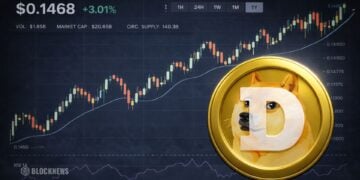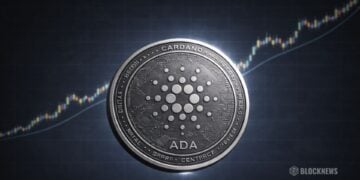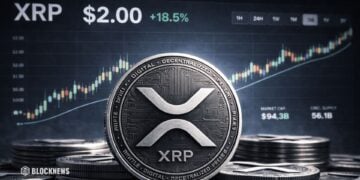- U.S. inflation unexpectedly dropped 0.1% in March, mainly due to falling gas prices.
- Trump paused most tariffs for 90 days but raised China’s to 125%, sparking global trade tension.
- Economists warn the current inflation dip may be temporary as tariff pressures build.
In a twist that caught plenty off guard, U.S. inflation dropped last month—something the country hasn’t seen in nearly five years. President Trump, never one to hold back, quickly took to Truth Social shouting: “INFLATION IS DOWN!!!”
But while the numbers are surprising on the surface, some economists say this calm might not last long.
CPI Sees Rare Dip, Gasoline Leads the Way
According to the Labor Department, the consumer price index (CPI) fell 0.1% in March compared to the previous month, with the annual rate cooling down to 2.4%. A steep 6.3% decline in gas prices helped drive that drop, dragging down the overall energy index by 2.4%. Meanwhile, food prices edged higher, up 0.4% for the month.
Used car prices also dipped, contributing to the unusual decline in the headline inflation number. It’s worth noting—this is the first time in almost five years the CPI has actually gone negative month-over-month.
Economists Caution: “Don’t Get Too Comfortable”
David Kelly, chief global strategist over at JP Morgan Asset Management, wasn’t exactly celebrating. He called the dip a “calm before the storm,” pointing to Trump’s aggressive tariffs and their potential to stoke inflation down the line.
“We’re going to get some higher inflation out of the tariffs,” Kelly said. He also warned that softness in the travel industry may worsen this year.
Federal Reserve official Jeff Schmid echoed that concern, noting a “marked increase” in the risk of inflation ticking up again—alongside slower growth.
Trade Tensions Still Simmer
Just a day after ramping up his “reciprocal tariff” campaign, Trump hit pause—announcing a 90-day break from raising duties on most countries. Still, many imports are now facing a 10% tariff as the new baseline.
Even with the inflation data looking rosy, the market didn’t exactly pop champagne. The S&P 500 slid 2%, reflecting investor uncertainty about what comes next.
Tariffs might be paused—for now—but the economic crosswinds are far from calm.














